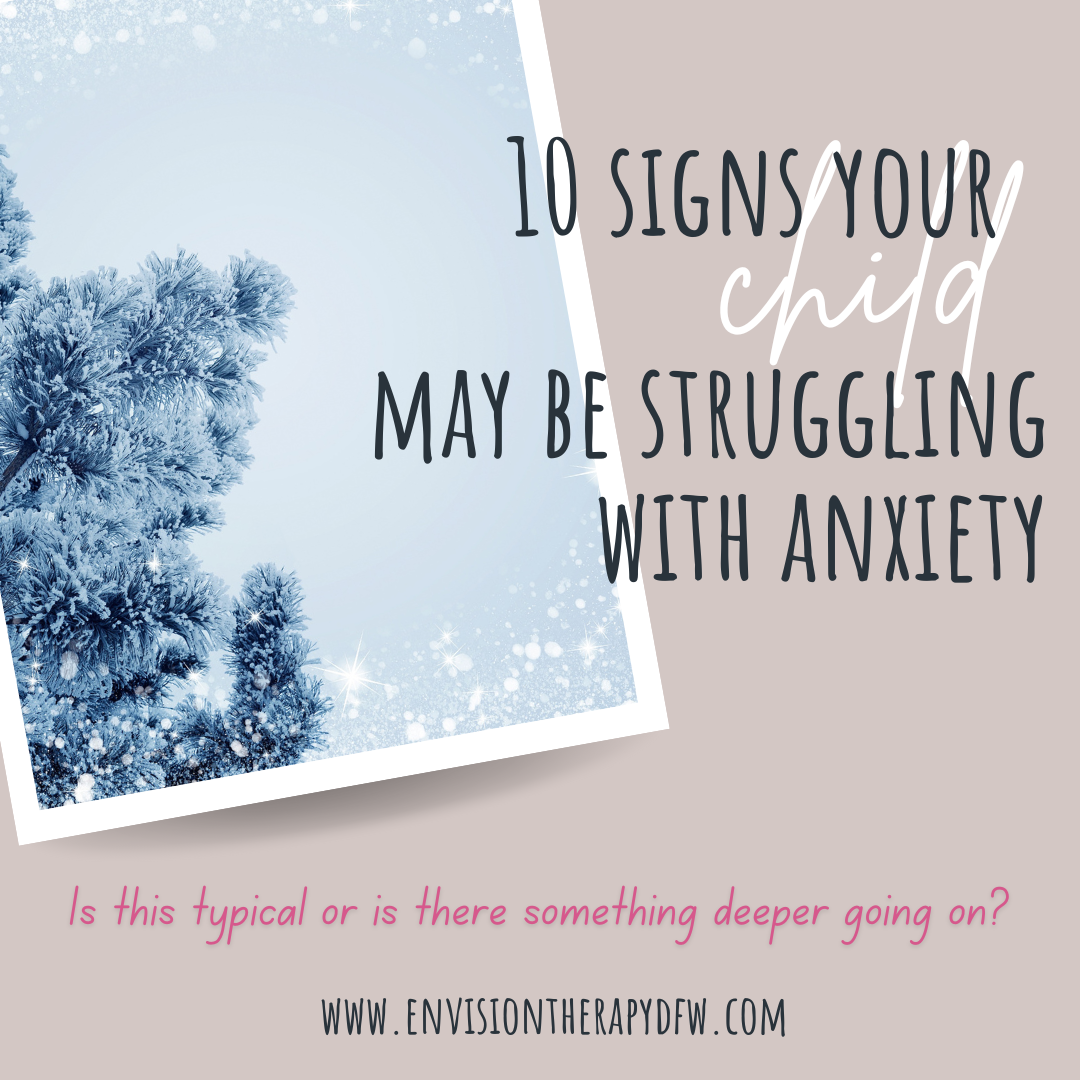You’re Not Alone
Parenting is one of the most challenging and rewarding journeys, but it can also feel incredibly isolating when your child is struggling. You may notice behaviors in your child that don’t quite make sense—frequent stomach aches, trouble sleeping, sudden tantrums—but you’re left wondering: “Is this typical, or is there something deeper going on?”
First, let me tell you this: You are not alone. So many parents wrestle with these same questions, and today, we’re diving into the topic of childhood anxiety—what it looks like, how it’s often misunderstood, and what you can do to help.
Common Misconceptions About Childhood Anxiety
“Kids Don’t Get Anxiety”
It’s a common belief that anxiety is something only adults experience, but this simply isn’t true. Children, even very young ones, can struggle with anxiety. The difference is that kids often lack the vocabulary to express their feelings, so anxiety shows up in unexpected ways, like tummy aches, avoidance, or meltdowns.
Example: Your seven-year-old might say they have a stomach ache every morning before school. It’s easy to assume they’re just trying to avoid a test or homework, but this could be their way of communicating anxiety.
While some children do overcome anxiety naturally as they grow, others need additional support. Anxiety doesn’t always just “go away.” Early intervention can make a world of difference in helping your child develop tools to manage their emotions.
10 Signs Your Child May Be Struggling with Anxiety
So, how do you know if your child’s behavior might be linked to anxiety? Here are ten signs to watch for:
- Frequent Physical Complaints
Anxiety often manifests in the body. Your child might frequently complain of headaches, stomach aches, or muscle tension. - Avoidance of Certain Situations
If your child is consistently avoiding school, social situations, or new activities, anxiety could be at play. - Excessive Worry About Everyday Things
Children with anxiety may fixate on things like weather, germs, or separating from parents. - Difficulty Sleeping
Trouble falling asleep, staying asleep, or frequent nightmares can be linked to underlying anxiety. - Outbursts or Meltdowns Over Small Triggers
Anxiety can make it harder for kids to regulate their emotions, leading to sudden tears or anger. - Perfectionism and Fear of Failure
A child who is overly hard on themselves, avoids trying new things, or has an extreme fear of making mistakes may be experiencing anxiety. - Physical Restlessness
Pacing, fidgeting, or constant movement can be a sign that your child is dealing with internal tension. - Clinginess or Fear of Being Alone
Anxiety often makes children overly dependent on caregivers, fearing separation or abandonment. - Loss of Interest in Activities They Once Enjoyed
Anxiety can make even fun activities feel overwhelming or unappealing. - Frequent “What If” Questions
Anxious children often ask repetitive questions like, “What if something bad happens?” or “What if I get sick?”
Breaking the Stigma: It’s Not Your Fault
I want to pause here and say something important: If your child is struggling with anxiety, it’s not because you’ve done something wrong as a parent. Anxiety is influenced by many factors—genetics, temperament, and life experiences, to name a few. Be kind to yourself.
Practical Steps to Support an Anxious Child
1. Start by Validating Their Feelings
When your child says they’re scared or worried, your first instinct might be to say, “Don’t worry!” But dismissing their feelings, even with good intentions, can make them feel unheard. Instead, try saying, “I can see that you’re feeling worried about this. Let’s talk about it.”
2. Teach Them About Anxiety
Use simple, age-appropriate language to explain what anxiety is. For younger kids, you might say, “Sometimes, our brains try to keep us safe, but they can send a warning when there’s no real danger.”
3. Model Calm Behavior
Children are like sponges—they absorb our emotions. If you stay calm during their anxious moments, you show them that they can handle it, too.
4. Practice Breathing Exercises Together
Simple breathing techniques, like “smelling the flower and blowing out the candle,” can help your child regulate their nervous system.
5. Create Predictable Routines
Anxiety thrives on uncertainty. A consistent routine can provide a sense of security for your child.
6. Offer Gradual Exposure
If your child avoids certain situations, help them face their fears in small, manageable steps. For example, if they’re afraid of dogs, start by looking at pictures of dogs together.
7. Seek Professional Support
Sometimes, anxiety requires additional help. A therapist, like Elizabeth, who is trained in working with children can provide coping strategies and create a safe space for your child to explore their feelings.
You Are Your Child’s Greatest Advocate
Parenting a child with anxiety can feel overwhelming, but remember: You don’t have to have all the answers today. Simply being there, showing empathy, and taking small steps toward support makes a huge difference.
Childhood anxiety is challenging, but it’s also manageable with the right tools and support. By understanding the signs, breaking through misconceptions, and taking actionable steps, you can help your child navigate their feelings and grow into a resilient adult.
Not ready to schedule, but want more information? Fill out the form below.

